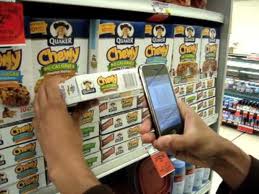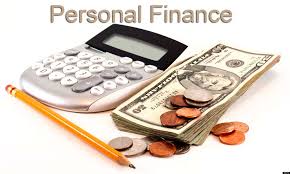 It is happening more and more. Today’s shoppers come to the store with something in mind, they pick it up and they leave without adding to the cart. The trend is likely to change the way the retailers approach sales.
It is happening more and more. Today’s shoppers come to the store with something in mind, they pick it up and they leave without adding to the cart. The trend is likely to change the way the retailers approach sales.
The sellers often offer loss-leaders and deep discounts because they depend on shoppers to expand the list once they are inside the doors. They put milk at the back of the store and line the aisles and ends of aisles with tempting items. If the shoppers ignore these come-ons, the merchants lose.
Impulse buying is a psychological phenomenon, analysts say. Resisting it can be hard, according to Kit Yarrow, a professor at Golden Gate University, whose specialty is consumer psychology. She is quoted in a Wall Street Journal article.
Most everyone succumbs to impulse buying at times, Yarrow says. The best solution is to avoid situations in which you are tempted. Eating a piece of chocolate before going shopping may help. The glucose supports self-control. Giving yourself limited shopping time gives less time for temptation. If you make it an all-day excursion, the chances are great you’ll snatch something off the shelves that you hadn’t planned.
Online shopping has had an effect on impulse buying, Simply the use of technology has changed shopper psychology. People think and relate to others differently, Yarrow says. In most instances, these changes tend to take the thrill out of random shopping.
The online shopper has changed the whole process. Many shoppers want a more streamlined experience.
The recent recession had an effect on shoppers as well. When money got tighter, people were more careful about spending. They were less tempted to make unplanned purchases, despite the allure. They made fewer subconscious choices.
Impulse buying is triggered by one of two factors: An attractive price or an exciting purchase. Today’s buyer, faced with a glut of products, tends to look first to the pocketbook effect. Those who finally submit to their impulses often are emotionally drained because of family and/or work demands, Yarrow said. Or there are the newcomers to the shopping milieu whose resistance to impulse buying is lower. People who are angry in general may make shopping an outlet for unexpressed emotion.
To avoid the temptation to add to your shopping cart, follow a few simple rules:
Wait 20 minutes before making the purchase. That is the usual time it takes to cool the urge.
Think about what the purchase may cost you, not just the price of the item, but your decreased ability to buy what you might want more. Remind yourself how good a zero balance on your credit card feels. Or how you could be moving closer to a long-range financial goal such as a new car or a vacation. Remember how long you have to work to fund the purchase you are considering. Stalling is a good tactic in financial planning.
Delay shopping if you are tired, hungry or thirsty. Those physical demands may confuse your thinking about what you need. Avoid paying with apps or credit cards if possible. If you use cash, it is easier to see money leaving your hands.



